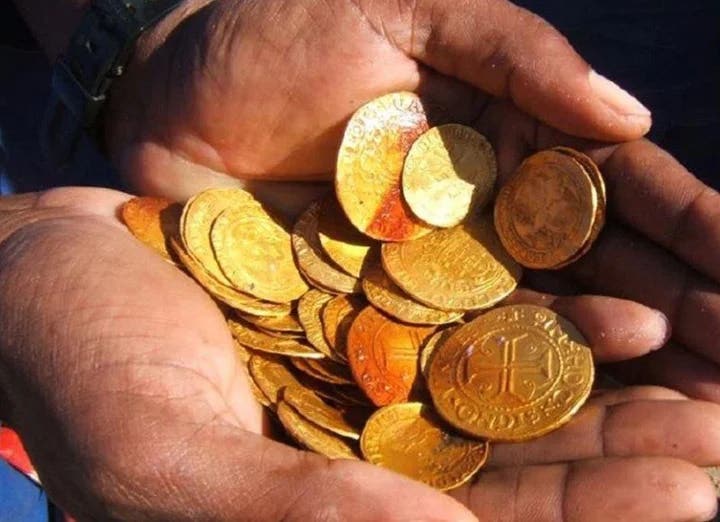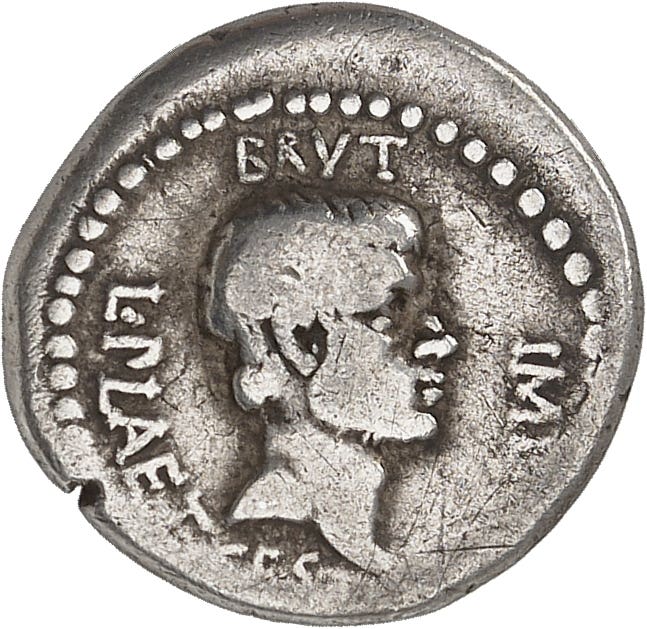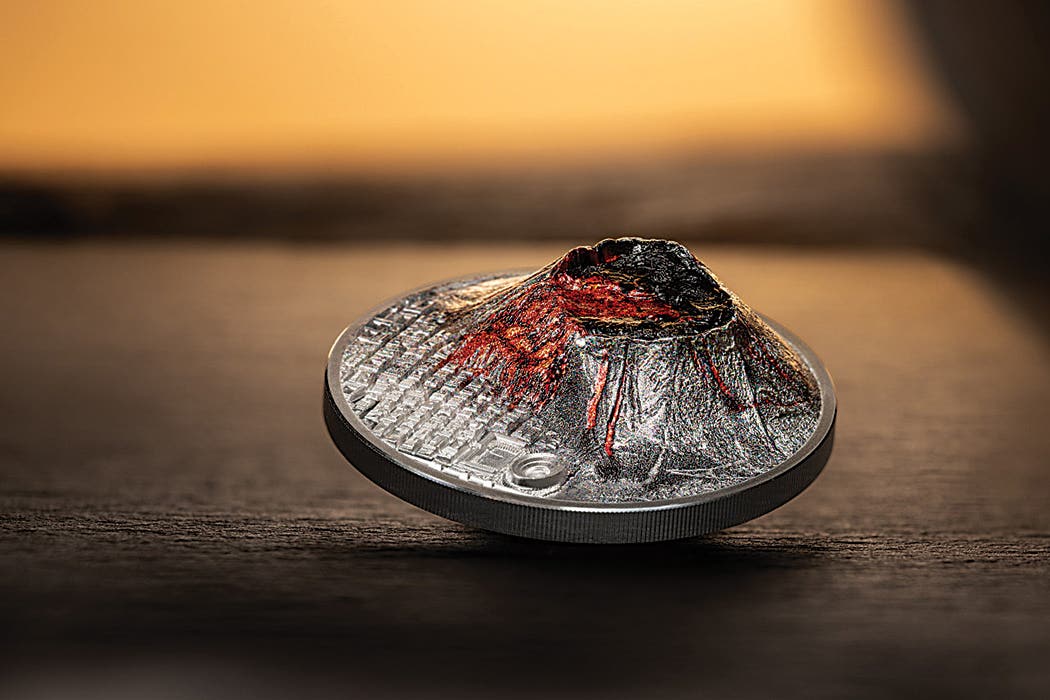Police Seize Hoard of Major Historical Significance
The British Treasure Trove laws are likely some of the fairest anywhere in the world. Despite this, there are people who will conceal a find rather than allow it to…
The British Treasure Trove laws are likely some of the fairest anywhere in the world. Despite this, there are people who will conceal a find rather than allow it to make its way through the system and likely make a profit for themselves legally.
Local police have been reluctant to give too many specific details, but on May 30 law enforcement in County Durham and Lancashire arrested “a number of people” who have been accused of dealing in what the British Broadcasting Corporation called “culturally tainted objects.”
Details regarding how many people were involved and the origins of the find are sketchy, but it is being described as a hoard “of major historical significance” that includes coins of Alfred “the Great” of Wessex and Ceolwulf II of Mercia as well as an unidentified single ingot presumed to be composed of silver.
Dr. Gareth Williams is the curator of early medieval coins and Viking collections at the British Museum in London where police have delivered the hoard. Williams described the coins as being a “nationally important hoard.”
According to Williams, “The coins I have seen so far add significantly to our understanding of the political history of England in the AD 870s…This is the period in which Alfred the Great was fighting the Vikings, but which also led to the creation of a unified kingdom of England under Alfred and his successors.”
Detective Inspector Lee Gosling of Durham Police said, “It is not every day we get the chance to shape British history,” also cautioning, “It is the legal responsibility of the finder of any precious metal objects that are over 300 years old to report them to the local coroner as possible treasure under the terms of the Treasure Act 1996.”
The Treasure Act 1996 covers treasure finds anywhere in England, Northern Ireland, or Wales. The act obligates finders to report their finds to the local coroner within 14 days. An inquest follows at which time the find is determined to be declared as treasure or not. Should the find be declared treasure the finder must offer the items for sale to a museum at a price determined by the Treasure Valuation Committee. Should a museum fail to show an interest in the treasure it is returned to the finder. Otherwise the finder is paid from the sale.
Regarding coins Treasure Act 1996 defines treasure as being two or more coins found together that are at least 300 years old and have a composition including at least 10 percent gold or silver. The coroner’s office also determines if objects containing gold or silver that are less than 300 years old were hidden deliberately with the intention of recovering them later, in which case an effort is made to identify any possible heirs.
If no heirs can be identified the finder of the treasure and the local landowner on whose property the treasure was found will share in the sale or distribution of the objects.
Beyond its current monetary value the significance of this hoard are coins of Alfred the Great, who was king of Wessex from 871 and 886, then king of the Anglo-Saxons until 899, and coins of Ceolwulf II, the last king of Mercia who died in 879.
Ceolwulf issued three types of penny coins, most of them minted in London. The key coins are those of the cross and lozenge type. Alfred borrowed the design appearing on this coinage for his coinage as king of Wessex. It has been suggested there is evidence including the coins suggesting the two kings may have cooperated against the Vikings.
The hoard recently seized by police is of similar composition to the Wallington Hoard found in October 2015. The Wallington Hoard consisted of coins, jewelry, and silver ingots found in Oxfordshire. That hoard has been dated to the 870s and includes coins on which the images of Roman emperors appear accompanied by either the name of Alfred or Ceolwulf.








